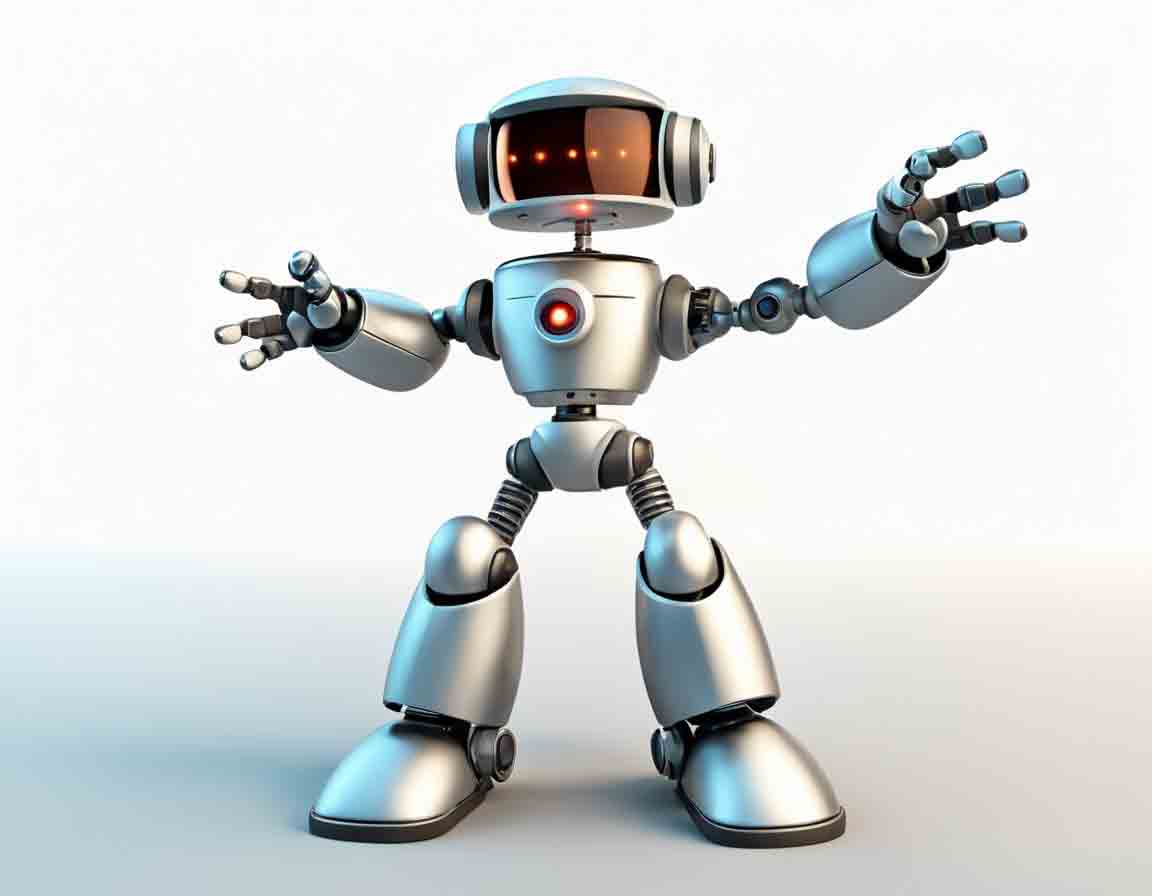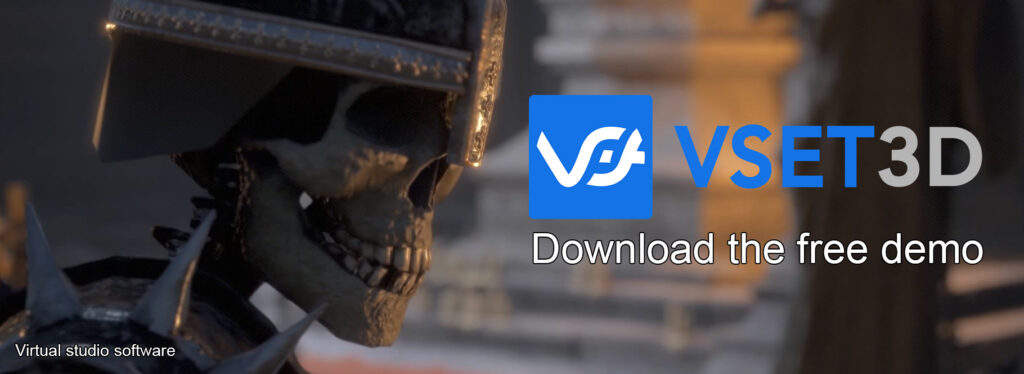Update >> Sparc3D Controversy : From Open-Source Promise to Paid Hitem3D Platform
Sparc3D, introduced by Zhihao Li and colleagues in a 2025 arXiv paper, is a transformative framework for high-resolution 3D shape synthesis, leveraging Sparcubes (sparse deformable marching cubes) and Sparconv-VAE (a modality-consistent variational autoencoder with sparse convolutional networks). This article provides a technical analysis for experts in generative AI and 3D modeling, focusing on Sparc3D’s architecture, strengths, limitations, and an updated comparison with Hunyuan 3D-2.5 (released April 2025) and 3D Gaussian Splatting (3DGS)-based methods, incorporating recent developments as of June 2025.
Technical Architecture of Sparc3D
Sparc3D generates high-resolution 3D models (up to 1024³) with arbitrary topologies, supporting text-to-3D and image-to-3D tasks. Its core components are:
1. Sparcubes: Sparse Deformable Marching Cubes
Sparcubes converts raw, non-watertight meshes into high-resolution, watertight surfaces. Its pipeline includes:
- Active Voxel Extraction and UDF Computation:
- Identifies sparse voxels near the mesh surface, computing an unsigned distance field (UDF) as ( UDF(\mathbf{x}) = \min_{\mathbf{y} \in M} |\mathbf{x} – \mathbf{y}|_2^2 ).
- Scatters deformation fields onto sparse voxels, enabling differentiable optimization of surface geometry.
- Differentiable Mesh Extraction:
- Extracts watertight meshes at 1024³ resolution using a sparse marching cubes algorithm, supporting open surfaces and disconnected components.
- For multi-view inputs, refinement uses differentiable rendering losses:
[
\mathcal{L}{\text{render}} = \lambda{\text{depth}} |\mathbf{D}{\text{rendered}} – \mathbf{D}{\text{gt}}|2^2 + \lambda{\text{normal}} |\mathbf{N}{\text{rendered}} – \mathbf{N}{\text{gt}}|_2^2
]
- Hole-Filling Post-Processing:
- Addresses minor holes using an ear-filling algorithm based on convex angle calculations.
Sparcubes processes 1024³ meshes in 30 seconds, significantly faster than traditional SDF methods (90 seconds for Dora-wt).
2. Sparconv-VAE: Modality-Consistent Variational Autoencoder
Sparconv-VAE encodes and decodes Sparcubes parameters in a modality-consistent latent space:
- Sparse Convolutional Networks:
- Uses sparse convolutions to process active voxels, reducing memory and compute costs compared to dense VAEs or transformers.
- Encodes Sparcubes parameters into a latent code ( \mathbf{z} ), decoded back to the same format, ensuring modality consistency.
- Near-Lossless Reconstruction:
- Minimizes reconstruction loss:
[
\mathcal{L}{\text{VAE}} = \mathbb{E}{\mathbf{z} \sim q(\mathbf{z}|\mathbf{x})}[\log p(\mathbf{x}|\mathbf{z})] + \beta \cdot D_{\text{KL}}(q(\mathbf{z}|\mathbf{x}) | p(\mathbf{z}))
] - Preserves fine details critical for high-resolution outputs.
- Minimizes reconstruction loss:
- Latent Diffusion Integration:
- Supports generative tasks via a denoising diffusion probabilistic model (DDPM) in the latent space:
[
\mathbf{z}_{t-1} = \frac{1}{\sqrt{\alpha_t}} \left( \mathbf{z}_t – \frac{1 – \alpha_t}{\sqrt{1 – \bar{\alpha}t}} \epsilon\theta(\mathbf{z}_t, t) \right) + \sigma_t \mathbf{\epsilon}
]
- Supports generative tasks via a denoising diffusion probabilistic model (DDPM) in the latent space:
Generation times range from 30 seconds to 2 minutes, depending on model complexity.
Input and Output Capabilities
- Text-to-3D: Generates models from text prompts using a text-conditioned diffusion model.
- Image-to-3D: Reconstructs models from single or multi-view images, with differentiable rendering for refinement.
- Output Formats: Exports meshes in OBJ, PLY, STL, and GLTF, compatible with Blender, Unity, and 3D printers.
Strengths of Sparc3D
- High Resolution: Achieves 1024³ resolution, ideal for detailed applications like 3D printing and game assets.
- Topology Flexibility: Handles open surfaces, disconnected components, and non-manifold geometries.
- Efficiency: Sparse representations reduce memory (~8 GB for 1024³ meshes on NVIDIA A100) and generation time (30 seconds to 2 minutes).
- Modality Consistency: Sparconv-VAE avoids modality mismatches, ensuring high-fidelity reconstruction.
- Open-Source: Available on GitHub (lizhihao6/Sparc3D) with pretrained weights, fostering community contributions.
- Scalability: Latent diffusion supports large-scale generative tasks, with potential for fine-tuning on custom datasets.
Limitations of Sparc3D
- High Triangle Count: Outputs up to 1.8 million triangles, requiring simplification for real-time applications.
- Hardware Dependency: Optimal performance needs high-end GPUs (e.g., NVIDIA A100), limiting accessibility.
- Texture Generation: Lacks native texture synthesis, unlike Hunyuan 3D-2.5.
- Minor Artifacts: Sparconv-VAE may produce small holes in complex meshes, requiring cleanup.
- Input Sensitivity: Image-to-3D quality depends on input image resolution and clarity.
- Training Data Bias: Performance tied to training datasets (e.g., ShapeNet, Objaverse), potentially limiting rare shape generation.
Updated Comparison with Hunyuan 3D-2.5 and 3DGS
Hunyuan 3D-2.5
Hunyuan 3D-2.5, released by Tencent in April 2025, is an advanced 3D generative model with a two-stage pipeline: Hunyuan3D-DiT (geometry generation, 10 billion parameters) and Hunyuan3D-Paint (texture synthesis, 4K resolution). It supports text-to-3D and image-to-3D, with improved geometric precision (+15% over 2.0) and a 25% reduction in latency (8–20 seconds on NVIDIA A100/RTX 4090).
Technical Comparison
- Resolution: Both achieve 1024³ resolution, but Sparc3D’s sparse representation preserves finer geometric details, while Hunyuan 3D-2.5 excels in texture fidelity with PBR material support (e.g., metallic reflections, subsurface scattering).
- Topology Handling: Sparcubes supports arbitrary topologies, including open surfaces and disconnected components, outperforming Hunyuan 3D-2.5, which struggles with sparse-view uncertainties (e.g., top/bottom views).
- Pipeline Efficiency: Hunyuan 3D-2.5’s optimized diffusion transformers enable faster generation (8–20 seconds vs. 30 seconds–2 minutes for Sparc3D).
- Texture Synthesis: Hunyuan 3D-2.5’s Hunyuan3D-Paint generates 4K PBR textures with normal map support, a clear advantage over Sparc3D, which lacks native texturing. Community efforts suggest integrating Sparc3D with Hunyuan’s PBR texture generator via ComfyUI.
- Modality Consistency: Sparconv-VAE ensures modality consistency, avoiding mismatches in Sparc3D. Hunyuan 3D-2.5’s multi-view diffusion may introduce inconsistencies, particularly for complex shapes like mechanical structures.
- VRAM Requirements: Hunyuan 3D-2.5 requires 10 GB for geometry and 21 GB for texture generation, compared to Sparc3D’s ~8 GB for geometry alone.
Pros of Hunyuan 3D-2.5
- Faster generation (8–20 seconds).
- Advanced PBR texture synthesis with normal map support, ideal for gaming and VR.
- Multilingual prompt support (improved for Japanese, French).
- Blender 4.3 plugin and ComfyUI 2.1 nodes (Dynamic UV Unwrap, Texture Refinement) enhance workflow integration.
Cons of Hunyuan 3D-2.5
- Dense meshes (up to 600,000 triangles) require retopology for AAA games.
- Struggles with complex mechanical structures (e.g., gears) due to component segmentation limitations.
- Partially open-source with a restrictive Tencent license, unlike Sparc3D’s fully open-source framework.
- Texture inconsistencies for low-resolution image inputs.
Recent Updates (Hunyuan 3D-2.5)
- April 2025: Improved geometric precision (+15%), texture fidelity (+20%), and 25% latency reduction.
- May 2025: ComfyUI 2.1 added nodes for Dynamic UV Unwrap and Texture Refinement.
- June 2025: Hunyuan3D-2.1 (fully open-source with PBR texture synthesis) released, further enhancing texture quality.
- Benchmarks: Achieves a CLIP score of 0.821 (vs. 0.809 for 2.0), outperforming Tripo 2 in geometric precision and texture fidelity.
3D Gaussian Splatting (3DGS)-Based Methods
3DGS represents scenes as 3D Gaussians optimized for neural rendering, primarily for reconstruction from multi-view images.
Technical Comparison
- Representation: 3DGS uses point-based Gaussians, excelling in view synthesis but requiring post-processing for mesh extraction. Sparc3D’s Sparcubes produces explicit watertight meshes, ideal for 3D printing and game engines.
- Resolution: 3DGS achieves high visual fidelity but lacks Sparc3D’s explicit 1024³ mesh resolution.
- Topology: Sparc3D’s topology-agnostic design outperforms 3DGS, which struggles with open surfaces and disconnected components.
- Generative Capabilities: Sparc3D’s latent diffusion supports text-to-3D and image-to-3D, while 3DGS is reconstruction-focused with limited generative support.
Pros of 3DGS
- High visual quality for view synthesis.
- Fast rendering for real-time applications.
- Active research community.
Cons of 3DGS
- Limited explicit mesh generation.
- Poor topology handling.
- Higher computational cost for large scenes.
Recent Developments (June 2025)
- Sparc3D:
- Hunyuan 3D-2.5:
- Released April 2025 with 10 billion parameters, 1024³ resolution, and 25% latency reduction.
- Hunyuan3D-2.1 (June 2025) introduced fully open-source weights and PBR texture synthesis, competing closely with Sparc3D in accessibility.
- Community feedback on Reddit (/r/StableDiffusion) praises texture quality but notes dense meshes (600,000 triangles) and segmentation issues for mechanical structures.
Practical Considerations for Experts
- Hardware: Sparc3D requires ~8 GB VRAM for 1024³ meshes; Hunyuan 3D-2.5 needs 10–21 GB. Use NVIDIA A100 for optimal performance.
- Fine-Tuning: Sparc3D’s open-source scripts support fine-tuning on custom datasets (e.g., Objaverse). Hunyuan 3D-2.1’s full open-source release enhances fine-tuning flexibility.
- Workflow Integration: Export Sparc3D meshes (OBJ/PLY/STL) to Blender/Unity. For Hunyuan 3D-2.5, use Blender 4.3 plugin or ComfyUI 2.1 nodes.
- Optimization: Simplify Sparc3D’s high-triangle-count meshes (1.8M) using quadratic edge collapse. Hunyuan 3D-2.5’s 600,000-triangle meshes also require retopology for AAA games.
Conclusion
Sparc3D excels in high-resolution (1024³) geometry generation and topology flexibility, making it ideal for applications requiring complex shapes (e.g., 3D printing, robotics). Hunyuan 3D-2.5, with its faster generation (8–20 seconds), PBR texture synthesis, and workflow integrations (Blender, ComfyUI), is better suited for textured assets in gaming and VR, though it struggles with mechanical structures and sparse-view inputs. 3DGS remains strong for view synthesis but lacks Sparc3D’s mesh generation capabilities. The framework is no longer fully open source of Sparc3D and its community integrations (e.g., with Hunyuan3D-Paint) position it as a leader for geometry-focused tasks, while Hunyuan 3D-2.5’s texturing and speed make it a strong all-rounder. Explore Sparc3D at sparc3d.art or Hunyuan 3D-2.5 at hunyuan-3d.com.
Vset3D 2025 virtual production software








